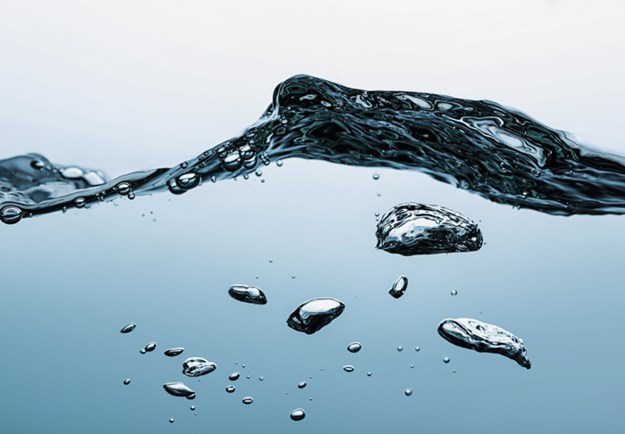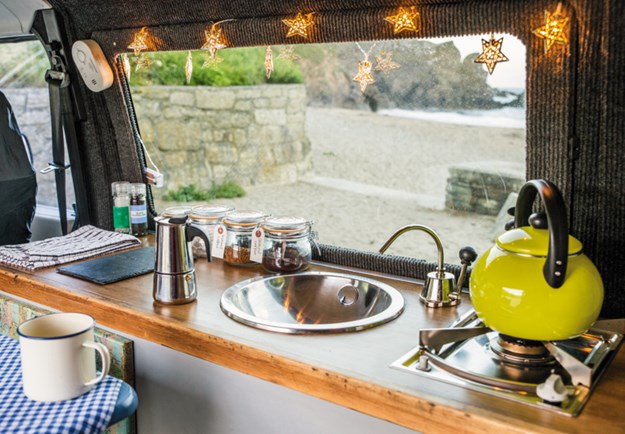In the days before tea bags, tea drinkers would leave the small portion of tea containing leaves at the bottom of the cup. That is unless you were like my grandma and had a tea leaf strainer. She used it to catch the leaves so the tea in the cup was leaf-free.

Now most tea drinkers rely on the filtration qualities of the paper tea bag rather than a strainer to allow the flavours to pass through to the cup while retaining the raw matter that produced them.
RVers travelling around New Zealand take on water from different sources without knowing anything about its quality. Most times it is from a town supply that is regularly tested and may be treated and there are no problems.
But when town water supplies come under pressure by receiving either too much or not enough rain, the water quality can suffer. Fitting a water filtration system to your RV allows you to take control of this issue.
The first decision then is, do we filter all fresh water or just the water we cook with and drink? Most RVs in New Zealand are not being lived in permanently and have fresh water tanks under 200-litre capacity so the annual volume of water going through the filter is small.
Filtering all the water simplifies the filtration system implementation process. If you live aboard permanently and/or use large volumes of water annually, you could consider a kitchen faucet waterline filter.
Water filters come in a variety of shapes and sizes and, like the tea bag, are designed for a specific purpose; to moderate or eliminate unwanted debris, taste, odour, contaminants, microbes or bacteria from drinking water.
A typical filter example is the dual cartridge Puretec CR45 Caravan Filter System that retails for around $210. It has a wall-mounting bracket and connects to standard half-inch garden hose fittings, making it easy to install. It reduces chemicals, unpleasant tastes and odours and removes 99.9 percent of giardia and cryptosporidium cysts.
One cartridge is silver impregnated to inhibit bacterial growth and the other removes sediment and is washable.
The filter, whatever brand, doesn’t need to be mounted permanently. Choose a filter housing fitted with standard half-inch hose fittings and plug the filter into the fresh water delivery hose.

Now plug the filter outlet into another short length of hose and feed that into the fresh water tank inlet. One advantage of this system is that the house water pump does not have to draw water through the water filter. The filter can be stowed in a locker when not in use.
Alternatively, the filter system can be mounted inside the RV and plumbed into the water line, either before or after the water pump. Either way the water pump has to move the water through the filter.
Before proceeding, check with the filter supplier that the product you’re considering will not cause an unacceptable reduction in water flow through the taps.
Cleaning and replacing filters is the key to having a successful water filtration system. If your RV is unused for a month or more it pays to remove and wash the filter before leaving the RV.
Should you notice slow water flow then it is time (or past time) the filters were cleaned or replaced. When buying a replacement filter, take the old one with you. There are many different brands and you may not be able to buy the brand you want, but you may get a suitable substitute to match your previous filter.
If you have had ‘bad’ water in your RV tanks you know how disruptive it can be. It is not as simple as dumping the old water and refilling with untainted water. The tanks and pipes usually need flushing with water plus a cleaning agent (try white vinegar), often more than once.
And to add insult to injury there is the lingering fear you now have unpleasant bugs in your system getting ready to do you mischief. All of this can be avoided by filtering your drinking water.





